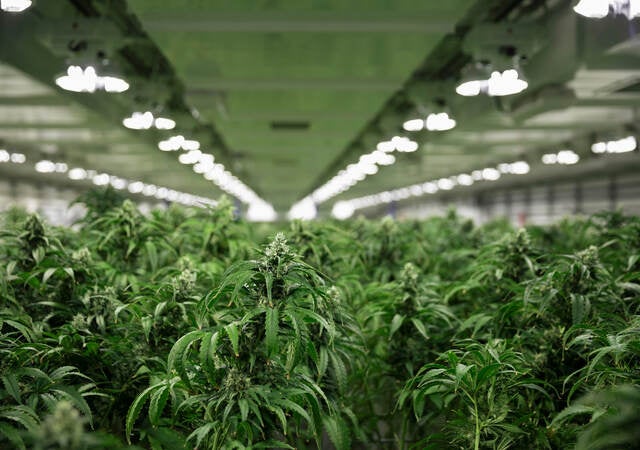December 2, 2019
Authored by Brian McBain, Senior Regulatory Services Representative
Medical marijuana has been available in Canada since 2001 where licensed patients could grow their own cannabis or access it from licensed growers. On Oct. 17, 2018, the Canadian government passed the Cannabis Act that legalized the possession, use, cultivation and purchase of limited amounts of cannabis by adults 18 or older.
The legalization of cannabis came at a very fast pace, and the industry evolved even faster. Licensed companies began building greenhouses and indoor grow operations at a lightning pace while existing farm buildings, warehouses and commercial buildings were repurposed and renovated for cannabis cultivation or operations. In contrast, the National Farm Building Code, the National Building Code and the National Fire Code of Canada never contemplated this industry and the fire safety concerns associated with it.
For these reasons, ULC Standards developed the consensus-based Standard CAN/ULC-S4400, Standard for Safety of Premises, Buildings and Equipment Utilized for the Cultivation, Production and Processing of Cannabis. Published in March 2019, CAN/ULC-S4400 is the first national Standard created specifically for the cannabis processing facilities industry. It provides guidance on the safety and security of premises, buildings and equipment used for cannabis cultivation, production and processing.
This Standard contains three parts:
Part 1: Provides a minimum level of protection and safety of occupants, buildings and facilities, fire protection requirements and the means of egress
Part 2: Provides minimum requirements for devices, equipment and systems against the risks of fire, electric shock, injury to persons and explosion
Part 3: Provides minimum requirements for the security of premises from intrusion and infiltration, as well as considerations for secure access and safe egress
To assist Authorities Having Jurisdiction (AHJ) and building owners, UL developed the cannabis facility audit program, a holistic service using CAN/ULC-S4400 as a guide for auditing legal cannabis facilities.
Performed by trained UL staff, the audit evaluates fire protection for occupants and facilities, protection against the risk of fire and electrical shock from equipment used in a facility, and the security of cannabis premises. The aim is to help cannabis companies operate safe and secure buildings, facilities and equipment used in the production of legal cannabis. Once an audit is successfully completed, UL isuses a compliance certificate to the building owner.
For additional information on testing services for the legal cannabis and cannabidiol (CBD) industry, horticultural lighting equipment, oil extraction equipment, and building safety and security, please visit www.UL.com/cannabis.

